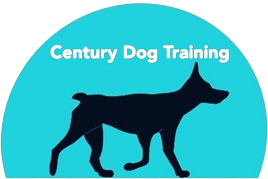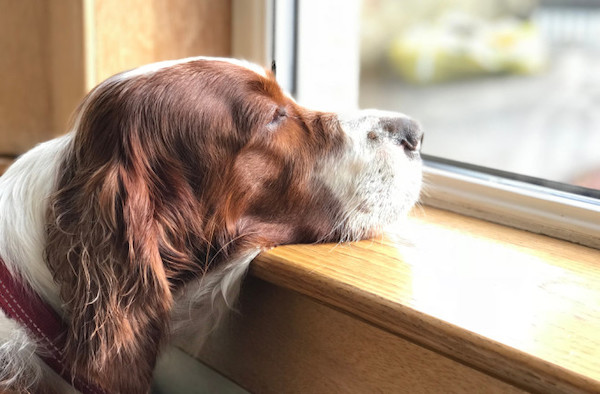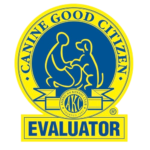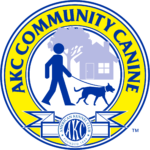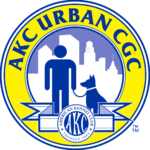Separation anxiety in dogs is a common yet challenging issue that can significantly impact both the dog and its owner. Dogs with separation anxiety experience extreme distress when left alone, leading to behaviors that can be difficult to manage. Addressing this anxiety is essential for the well-being of your dog and your peace of mind. At Century Dog Training in Syracuse, UT, we have years of experience in helping dogs overcome separation anxiety, ensuring a happier and more peaceful life for both pets and their owners.
Understanding Separation Anxiety
Separation anxiety is a condition where dogs exhibit intense anxiety when separated from their owners or other dogs in the family. This can manifest in various ways, including excessive barking, destructive behavior, house soiling, and attempts to escape. Common causes of separation anxiety include changes in routine, lack of socialization, or traumatic experiences such as being abandoned or rehomed.
It’s important to differentiate between normal behaviors and separation anxiety. For example, a dog that occasionally chews on furniture out of boredom may simply need more mental stimulation, whereas a dog that becomes highly destructive every time you leave may be suffering from separation anxiety.
Identifying the Signs of Separation Anxiety
Recognizing the signs of separation anxiety is the first step in addressing it. Common behaviors include:
- Excessive Barking or Howling: Continuous vocalization when left alone, often lasting for hours.
- Destructive Behavior: Chewing, digging, or destroying household items, especially around doors and windows.
- House Soiling: Urinating or defecating indoors despite being house-trained.
- Pacing and Restlessness: Repetitive movements in a fixed pattern, particularly near exits.
Differentiating between separation anxiety and other behavioral issues is crucial. For example, if a dog is chewing furniture because it’s teething or bored, it will likely show other signs of playfulness or restlessness, not the anxiety-driven behaviors associated with separation anxiety.
Preventative Measures for Separation Anxiety
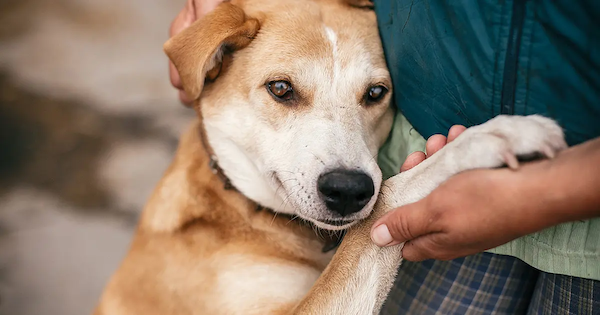
Preventing separation anxiety starts with early socialization and training. Here are some tips:
- Early Socialization: Expose your puppy to various environments, people, and experiences to build confidence and adaptability.
- Positive Environment: Create a safe, comfortable space for your dog, filled with toys and bedding. Ensure that this space is associated with positive experiences.
- Routine: Establish a consistent daily routine for feeding, walks, and playtime. Dogs thrive on predictability, which helps reduce anxiety.
For new puppy owners, it’s vital to gradually acclimate your dog to being alone. Start with short periods of separation, gradually increasing the time to help them adjust without becoming distressed.
Strategies for Managing Separation Anxiety
If your dog already exhibits signs of separation anxiety, these strategies can help manage and reduce their anxiety:
- Gradual Desensitization: Slowly increase the time you spend away from your dog, starting with just a few minutes and gradually extending it. This helps your dog get used to being alone without experiencing panic.
- Counterconditioning: Pair your departure with something your dog loves, like a special treat or toy, to create positive associations. Over time, your dog will begin to associate your leaving with positive experiences.
- Safe Space: Designate a comfortable area for your dog with their favorite items, making it a relaxing environment. Ensure this space is quiet and free from stress-inducing stimuli.
- Interactive Toys: Use puzzle feeders and interactive toys to keep your dog mentally stimulated while you’re away. These can distract your dog from their anxiety and provide positive engagement.
- Exercise: Ensure your dog gets plenty of physical activity to reduce overall anxiety levels. A well-exercised dog is more likely to rest calmly when left alone.
Tips for Reducing Anxiety When Leaving and Returning Home
Reducing the anxiety your dog feels when you leave and return home can significantly improve their overall comfort and well-being:
- Minimize Departure Cues: Avoid making a big fuss when you leave. Keep departures low-key to prevent increasing your dog’s anxiety.
- Short and Calm Returns: When you return home, remain calm and avoid exaggerated greetings. Wait until your dog is calm before giving them attention.
- Practice Short Departures: Regularly practice leaving for short periods and gradually increase the time. This helps your dog get used to being alone.
- Use Background Noise: Leave a TV or radio on to provide comforting background noise. This can make the house feel less empty and reduce anxiety.
- Create a Leaving Routine: Establish a predictable routine that your dog associates with your departure. This routine can include giving a special treat or toy that they only get when you leave.
Conclusion
Addressing separation anxiety is crucial for your dog’s well-being and your peace of mind. By understanding the condition, identifying the signs, and implementing preventative measures and management strategies, you can help your dog become more comfortable with being alone.
At Century Dog Training, we’re here to support you and your furry friend every step of the way. Contact us today for personalized advice and training solutions, and take the first step towards a happier, anxiety-free dog.
